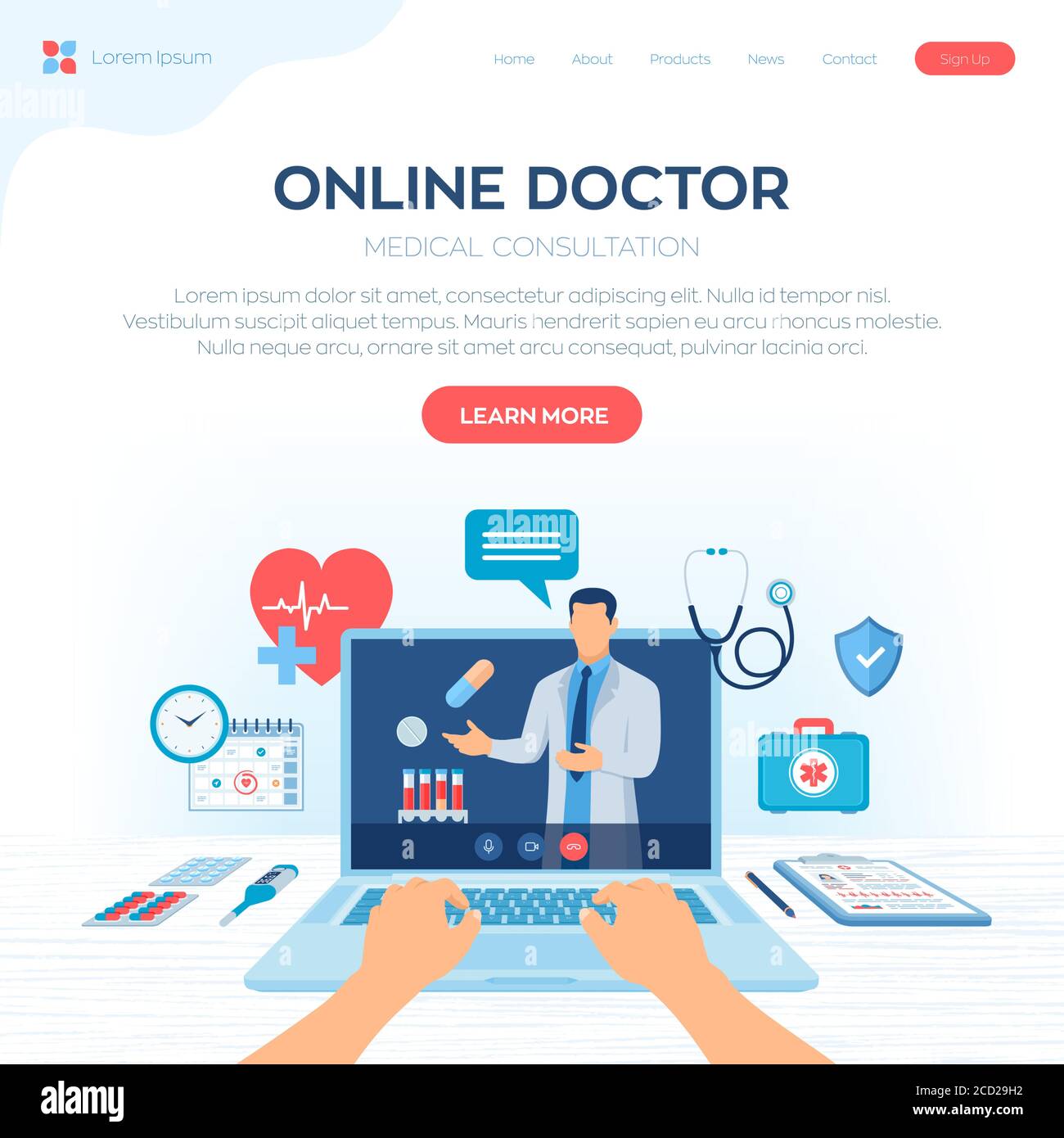Comprehending the Cost Savings of Subscription Based Healthcare for Families
Comprehending the Cost Savings of Subscription Based Healthcare for Families
Blog Article
Understanding the Cost-Effectiveness of Subscription-Based Medical Care Designs
As the health care landscape evolves, subscription-based versions emerge as a compelling choice, promising to redefine just how people take care of medical costs. Assessing these models' cost-effectiveness requires a nuanced comparison with conventional insurance coverage, thinking about both economic effects and individual fulfillment.
Introduction of Subscription-Based Models
Subscription-based health care models, sometimes referred to as straight medical care or concierge medicine, are increasingly getting focus as a potential option to ineffectiveness within typical medical care systems. These designs run on the concept of offering individuals straight access to doctor via a annual or regular monthly fee, bypassing the demand for conventional insurance mechanisms. This arrangement intends to enhance patient-provider communications by reducing administrative worries, which often prevent timely and tailored care.
At the core of subscription-based versions is the emphasis on an extra personalized client experience. People profit from enhanced access to their physicians, frequently consisting of next-day or same-day consultations, expanded examination times, and direct interaction channels such as phone or video clip calls. This design promotes a positive approach to medical care, where service providers and people can collaboratively concentrate on preventative treatment and chronic illness management.

Cost Comparison With Standard Insurance

One of the primary financial advantages of membership versions is openness in expenses. On the other hand, traditional insurance coverage might be more useful for individuals requiring specialized care or costly therapies not covered under a membership design, as they profit from the broader insurance coverage network and cost-sharing devices.
Nonetheless, cost-effectiveness is context-dependent. While subscription models might provide savings for those primarily requiring medical care, individuals with persistent conditions or specialized health care requirements may find standard insurance coverage extra comprehensive. For that reason, assessing details health care requirements and possible use is vital in establishing the most cost-efficient choice for individuals.
Impact on Patient Fulfillment
Client satisfaction within subscription-based healthcare versions usually shows a considerable improvement over standard insurance policy systems. This enhancement is largely credited to the individualized care and ease of access these designs provide. Clients regularly report higher contentment due to reduced wait times and the simplicity of organizing visits. Unlike standard systems, where individuals could experience delays in getting care, subscription-based designs make sure even more straight and prompt communications with doctor.
Moreover, the transparency in expenses related to subscription-based medical care relieves the usual disappointments associated with unforeseen charges and intricate payment processes seen in traditional insurance (subscription based healthcare). Patients value knowing the specific monetary commitment upfront, bring about enhanced trust fund and confidence in their health care monitoring
In addition, the emphasis on precautionary treatment and health in registration versions contributes to improved health outcomes, additionally enhancing individual contentment. By concentrating on recurring health care instead of anecdotal treatment, clients experience a more holistic and continual healthcare trip.
Moreover, the improved provider-patient partnership promoted in these models, identified by even more time invested per person and tailored interest, plays an important function in elevating patient satisfaction degrees, as people really feel really taken care of and recognized.
Provider Experiences and point of views
From the supplier's perspective, subscription-based medical care versions provide a transformative method to supplying clinical solutions. These models emphasize a positive and preventative medical care strategy, allowing providers to focus on thorough individual treatment without the restrictions of typical fee-for-service arrangements (subscription based healthcare). This change in emphasis usually causes enhanced individual outcomes and raised service provider contentment, as healthcare specialists can assign even more time and sources to client engagement and customized care plans
Furthermore, subscription designs help with predictable profits streams, which improve monetary stability for medical care carriers. This predictability enables for boosted resource planning and allowance, adding to an extra effective healthcare shipment system. Suppliers can buy team training, modern technology, and framework renovations, consequently improving the quality of care used.
Nevertheless, the change to subscription-based designs is not without difficulties. Service providers have to adjust to new operational frameworks, which can entail significant modifications in invoicing techniques and person management systems. Additionally, there is an integral demand for durable data management to track client results and guarantee high quality care. Despite these hurdles, lots of about his providers locate that the benefits of boosted person communication and streamlined procedures surpass the first obstacles, making subscription-based designs an appealing alternative.
Future Prospects and Obstacles

A primary challenge is governing compliance, as subscription designs should comply with developing health care policies and insurance coverage requirements. This demands continual adaptation and innovation to guarantee placement with lawful standards. In addition, incorporating these versions into existing healthcare facilities can be intricate, requiring substantial investments in technology and training.
There is also the prospective threat of developing injustices in health care accessibility, as subscription designs might favor those that can afford them, leaving susceptible populations underserved. Addressing this calls for thoughtful factor to consider of rates approaches and subsidy mechanisms to make certain inclusivity.
Final Thought
Subscription-based healthcare designs offer a practical option to typical insurance by offering monetary predictability and openness, especially benefiting individuals with chronic conditions or frequent healthcare requirements. The cost-effectiveness of these models is contingent upon private health care use patterns and scenarios.
Subscription-based healthcare designs, sometimes referred to as direct primary treatment or concierge medication, are progressively gaining focus as a possible service to inefficiencies within conventional healthcare systems. Unlike standard systems, where clients may experience hold-ups in receiving care, subscription-based versions guarantee more direct and timely communications with medical care providers.
These models emphasize a positive and preventative health care strategy, allowing suppliers to focus on extensive client treatment without the restraints of traditional fee-for-service arrangements. As these models proceed to obtain traction, they offer the prospective to reinvent individual accessibility view publisher site to care, enhance service shipment, and maximize healthcare investing.Subscription-based medical care models present a sensible alternative to traditional insurance coverage by using financial predictability and transparency, especially profiting people with persistent conditions or constant health care requirements.
Report this page